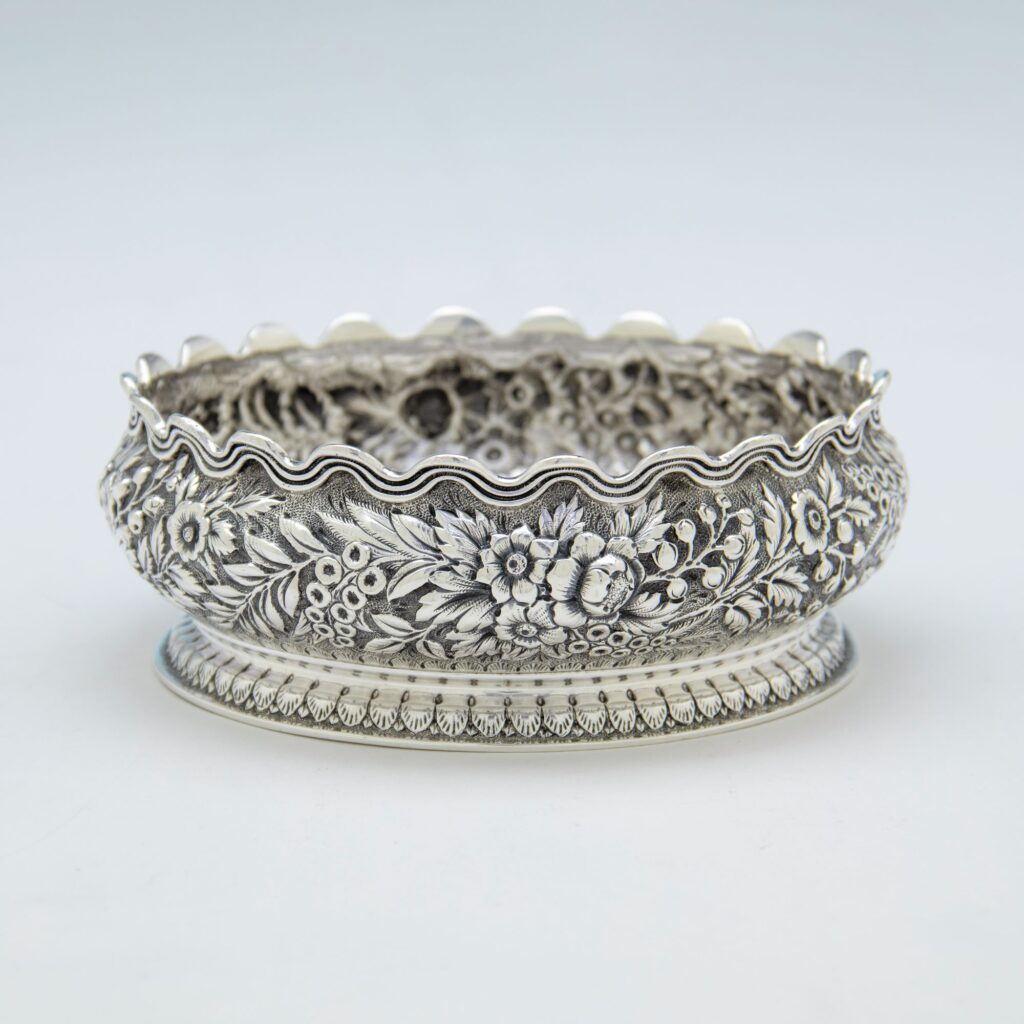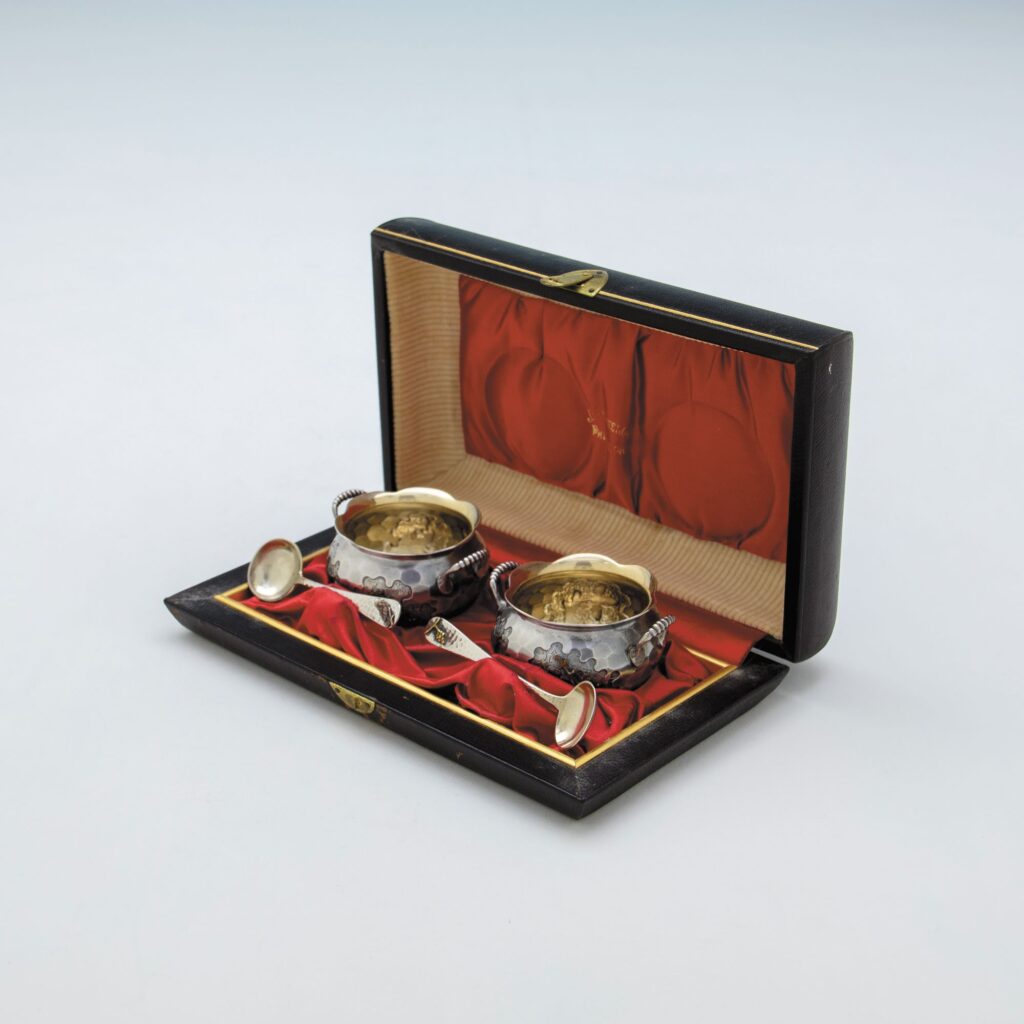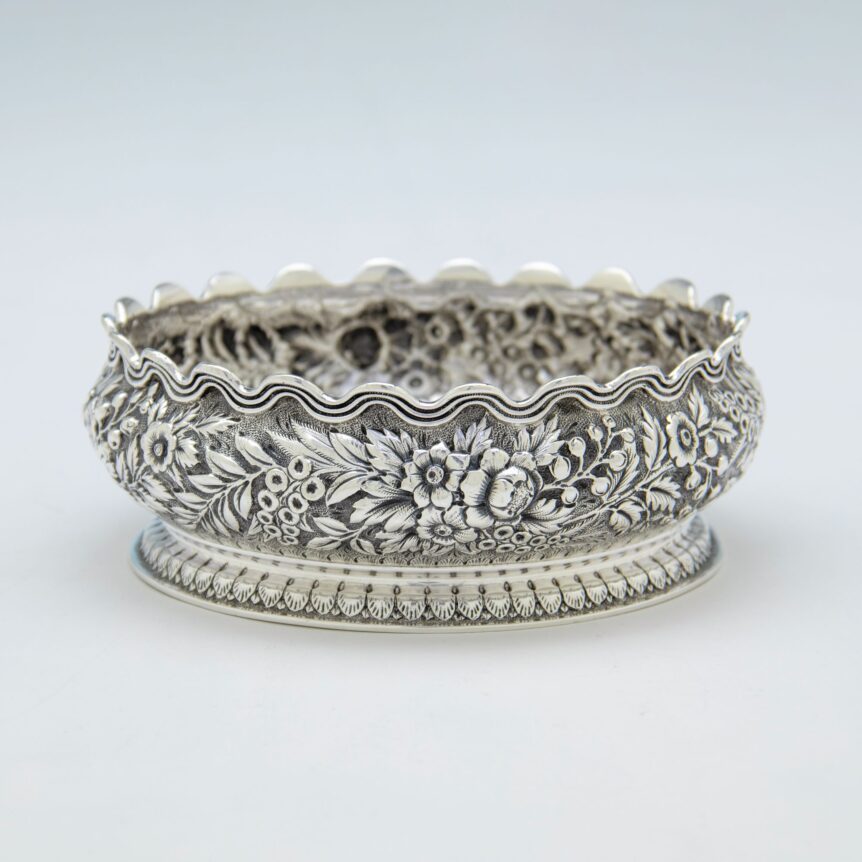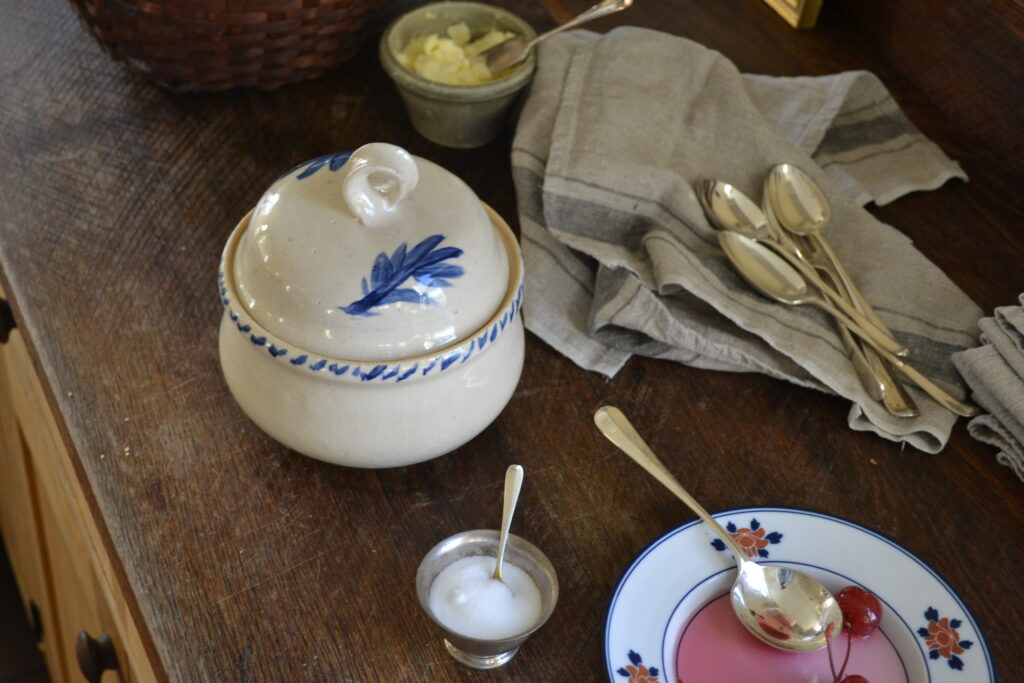
Give a small measure of thanks to Philip II of Spain (1527–1598) for the silverware on your table. Among European elites, silver had been the preferred material for dinnerware—everything from cups and plates to cutlery—since time immemorial. In the sixteenth century, the metal was still too scarce and precious for such usage by those of lesser status. But then came the discovery and extraction of massive silver deposits in Mexico and South America following the Spanish conquest, resulting in new wealth that Philip II used to fund a near-constant series of wars across the Continent and against Britain. The monarch’s spending had an inflationary effect: as more and more silver entered the European markets, the less valuable it became. Eventually, it reached a price point at which even non-elites could enjoy silver on their tables.
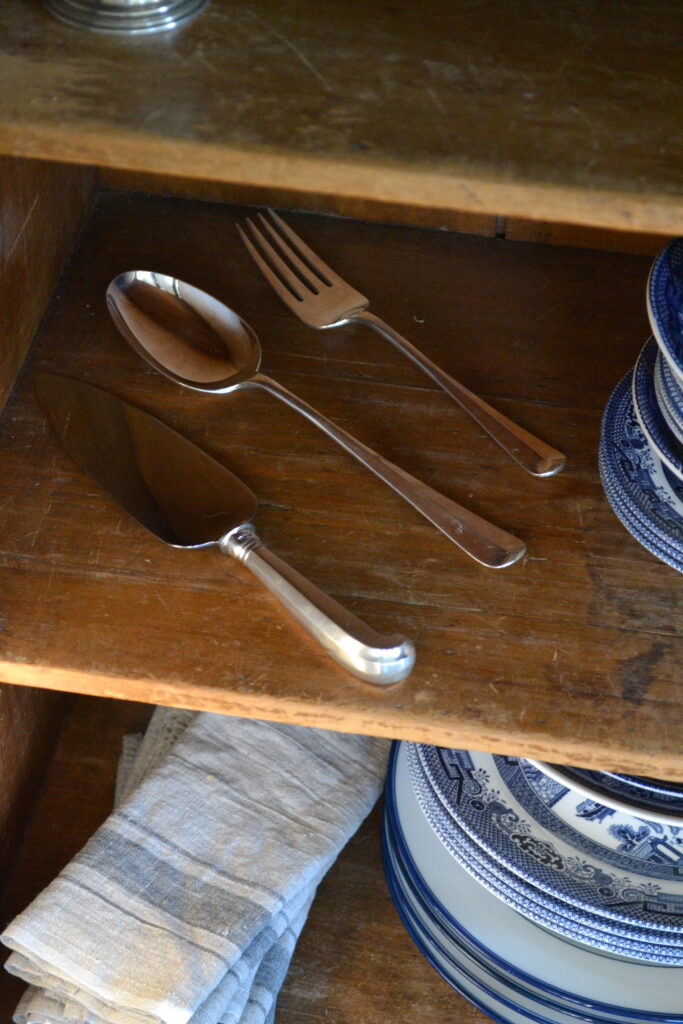
As silver made its way into the hands of a wider array of consumers, the first recognized European silver pattern, Trifid, was created, around 1660. By the time of England’s Glorious Revolution in 1688 and the advent of the reign of William and Mary, the options buyers had when it came to picking a silver pattern were expanding rapidly. Early in this period, one of the most enduringly popular—and modern-feeling—silver patterns was created: Queen Anne.
At least, it’s sometimes called Queen Anne. Others call it the Hanoverian pattern, while still others call it Rounded Headed Rat-Tail. All of these names were made up by collectors. Early patterns were developed in an unorganized, haphazard way. As is so often the case, what the collector and the historian seek to render cut and dried was, in reality, fluid. There is a lot of disputation about which name is best for any particular pattern in the world of silver aficionados. (Honestly, you have no idea how much disagreement there is over this.) In an effort to avoid all of it, we’ll just use Queen Anne here.
Queen Anne’s popularity increased as part of the late nineteenth-century interest in revival styles, and has held out ever since. James Boening, the fifth-generation director of the luxury goods firm James Robinson Inc., says it’s their best-selling pattern by far. “The pattern is such an architectural achievement,” he notes, “because it transcends all periods of design.” In perhaps the most unlikely parallel ever, he connected Queen Anne flatware to the cutlery you may have used during primary-school lunch time. “As silly as it sounds,” Boening says, “most of the spoons in a bin at a school cafeteria are similar to Queen Anne.” It’s simple, streamlined, and carries a hint of nostalgia. It feels comfortable in the hand, not just because it’s perfectly weighted but also from familiarity. If you haven’t held it before, you have held something like it.
The price tag is different, though. A stainless-steel cafeteria spoon goes for about 15 cents, while a similarly sized sterling Queen Anne spoon will cost you $100 or more depending on the age, maker, condition, and how willing you are to dig through bins of flatware at flea markets for a bargain.
But, for those who don’t mind spending the money, there are any number of wonderful and unexpected benefits to making silver flatware your everyday choice. This is not a message solely for our older readers. We frequently hear laments from parents and grandparents about how young people today do not use silver flatware. If it is true that young people are turning away from silver, we hope to contribute to ending this trend soon, and not just through our own personal household use.
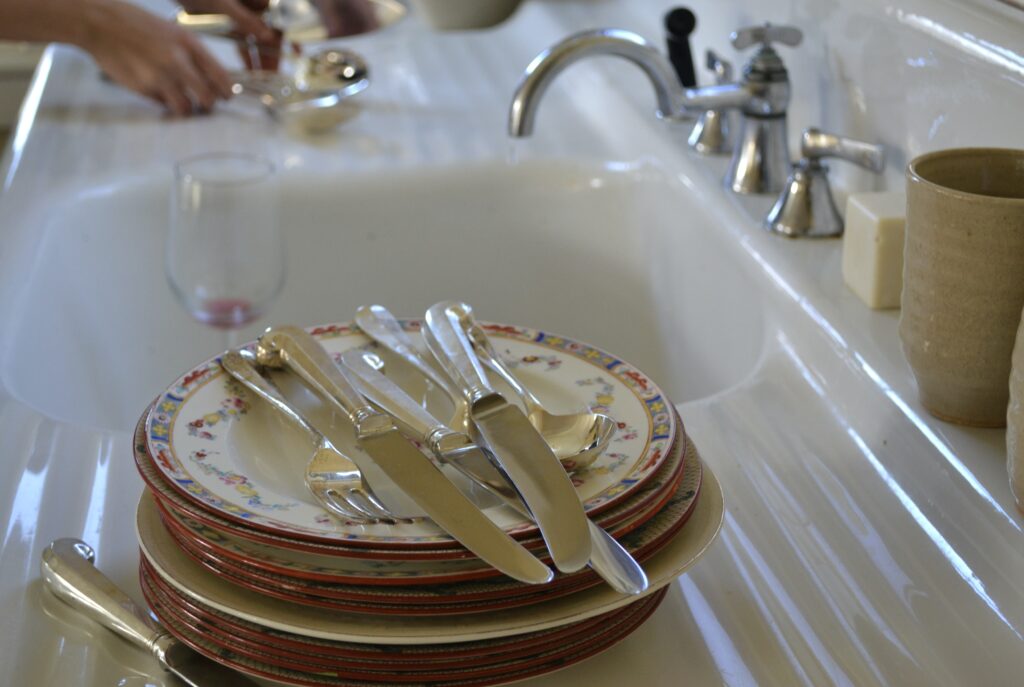
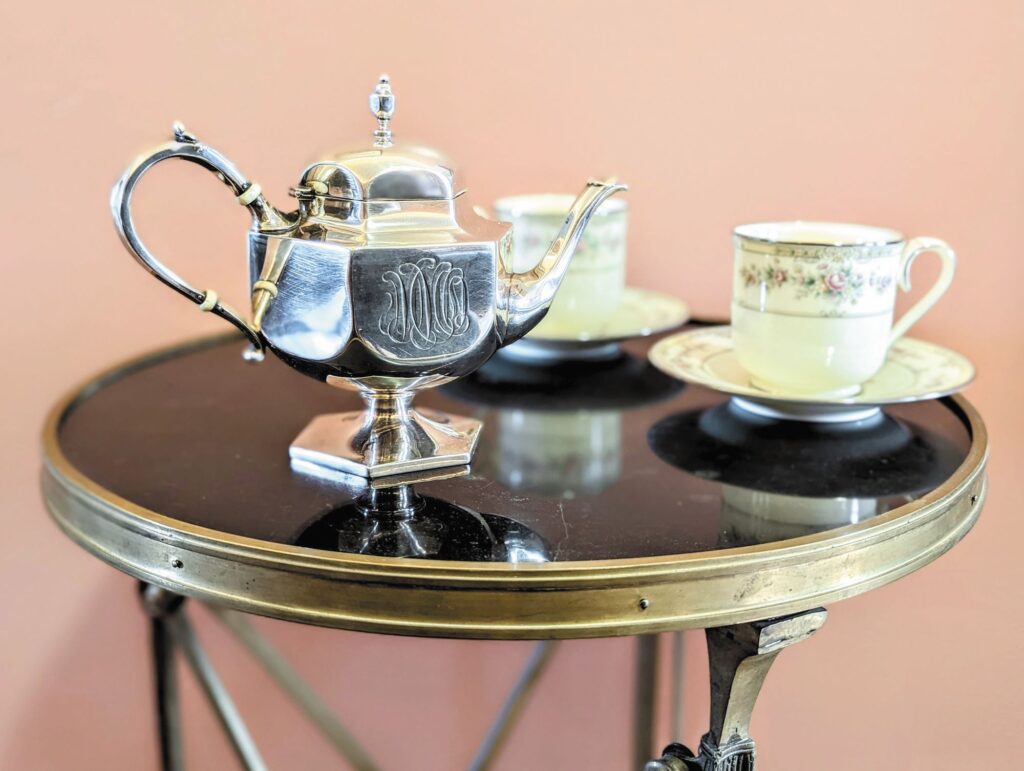
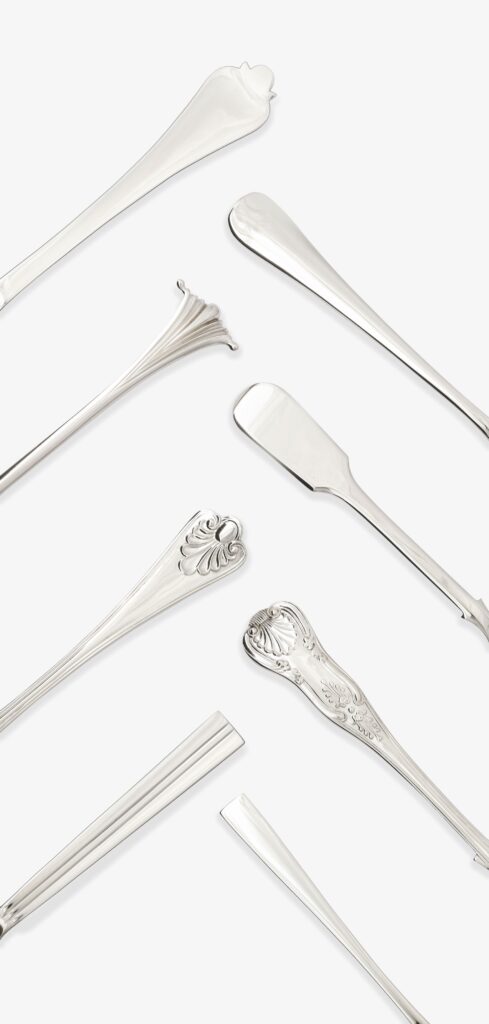
While researching for this article, we found it notable that of those we spoke with—all of whom are under forty years of age, ourselves included—four of five choose to make Queen Anne their everyday eating utensils. Over Zoom, we shared tips on how to dishwash it safely, joked about informal presentations (ever use a coffee mug as a silverware caddy, anyone?), and relished the luxury of eating with utensils that respond to the temperature of your food. We feel it’s fair to say that none of us are fabulously wealthy, and yet we’ve all independently embraced the fact that a significant portion of our net worth takes the form of knives, forks, and spoons.
This notion may give some of our peers today heart palpitations, but it wouldn’t have in past generations. Into the nineteenth century, says Benjamin Miller, director of research at the antique silver dealer S. J. Shrubsole, “the fraction of a household’s net worth that went into their silver was enormous.” Their nest egg was on their table and in their cupboard. “Today we’d say, ‘that’s crazy,’ but I’m not sure why. What’s so crazy about wanting to surround yourself with something beautiful?”
For those interested in bringing some silver into their lives and curious to know more, Miller recommends starting on Instagram. “There is so much in the world of antique silver,” he says, and the Instagram community will “keep you busy for a while.” He admits to learning much while scrolling, and the variety of images curated on the app reveals styles, forms, and periods you may not otherwise think to seek out. “But at the end of the day,” he says, it’s the relationships you build with dealers and experts outside of an app that matter. “I’ve been a silver dealer for eight years now,” Miller says, “and the learning curve is still incredibly steep for me . . . there’s no limit to what you can find and where you can go.”
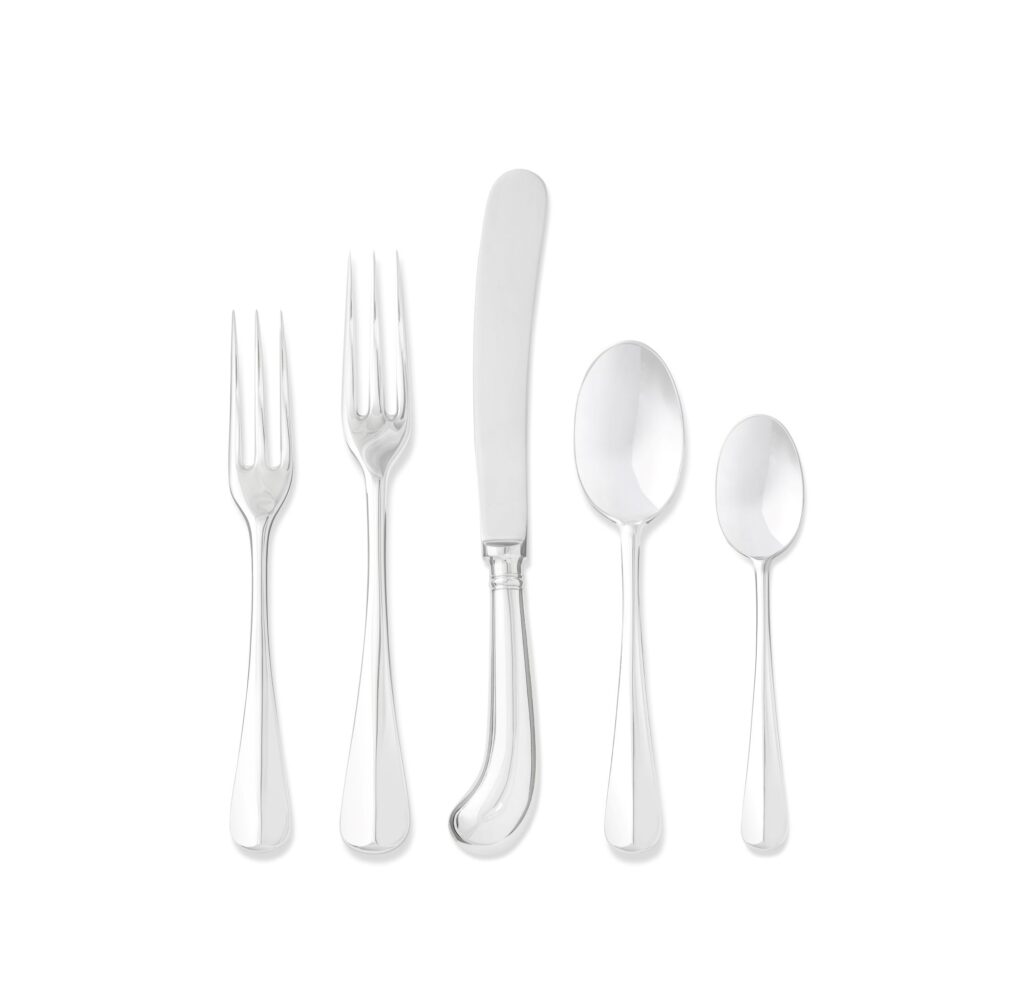
London dealer Oliver Newton founded his firm, Oliver Newton Antiques, after half a decade at the British gallery Koopman Rare Art. He recommends you start your silver education by finding an object that simply brings you joy and is at an accessible price point for you, and then learning about it. With glee, he shows us a small silver cup on a Zoom call and identifies it as a beaker with a “snakeskin” textured surface, made about 1690 in Ausberg, Germany. Sure, he says, one could drink out of it, but he doesn’t want his clients to be limited by original function. Fill it with pens or use it to hold your toothbrush. “There are no rules; there is no etiquette. Just use it,” he says. And if you use it regularly, you won’t have to polish it. That’s a win-win in our book.
Newton’s collection is full of such interesting objects, ranging from silver plates with century-old cut marks to twentieth-century silver champagne flutes. Small items like cups, creamers, and salt cellars are perfect for young collectors who aren’t ready to commit to building sets of flatware. With a little hunting you can find well-made antique pieces for the price of a fancy night out, and without the hangover. When you choose to buy silver, you’re buying into an experience and—dare we say it—a lifestyle. Whether it’s a full contemporary Robinson service or a small antique silver beaker, “you’re buying something,” Miller says, “that, with any luck, will spark joy for you day in and day out.”
